ADVERTISEMENT

Welcome back to Bring A Loupe, and happy first Friday of August! This week, I stumbled upon a few vintage dealers fighting on Instagram, getting mad online, about the age-old phrase "buy the seller." Fun fact: if you ask the internet who popularized this advice, it spits out Eric Ku (hi, Eric!). Anyway, I found the fight interesting as a newer, younger dealer bashed the idea, urging collectors to, essentially, do their own research, while others in the comments sang the praises of and expressed trust in their favorite vintage sellers. I side somewhere in the middle here. The best dealers in the world probably do know more than your average collector, and that is valuable — most of them are fair and honest too! And there is extreme power in educating yourself as a collector, but it can take years to do so. What say you, dear reader?
And now, results from last week! The Lange Double Split (which I wrongly called the first and only chronograph capable of measuring split seconds and split minutes, forgetting about MB&F's LM Sequential EVO, only to have Mr. William Massena call me out on WhatsApp) has sold despite my mistake over on Subdial; the asking price was £64,500. At auction, the Heuer Camaro project hammered at $2,500 — a great deal. And on eBay, our Jenny Caribbean Junior Chronograph sold for £908, another steal.
Onward to another edition of Bring A Loupe!
1960s Patek Philippe Calatrava Ref. 2545 In 18k Rose Gold
Hand up, I feature a lot of Calatravas on Bring A Loupe. In the same way that over five years ago, you saw a lot of vintage chronographs from the likes of Universal Genève and Breitling in this column, my focus on Calatravas and dressier vintage is a sign of the times — this is what collectors seem to be most interested in. The reference 2545 is a great one. The case and overall look mimic that of the original Calatrava, the ref. 96, but a key feature here is the screw-down, "water-resistant" caseback.
Looks can be deceiving, though, as this is actually a somewhat later screw-down caseback Calatrava. The earlier references, like the 565 and 2508 (or 2509), have a more distinctly sporty architecture and were the work of Taubert & Fils, stamped with a François Borgel maker's mark. The Borgel cases were less the design of Patek and more the design of the supplier, who was a master in early water-resistant watch case technology. These were produced throughout the 1940s and 50s, whereas the 2545 is a later design, seen more commonly in the late 1950s and early 60s.
It's almost as if Patek relied on Borgel for water-resistant Calatravas for a while and then decided to produce something more core to the brand DNA with the 2545. So they called up Antoine Gerlach, the same casemaker as the earliest gold and platinum 96 examples, and created this reference.
Not quite as brooding in size as those earlier Borgel cases, the 2545 checks in at 32mm in diameter — a real sweetspot in my eyes, larger than the 96 by just enough. The dial design is one we know and love with a proud signature in raised enamel, applied baton indices, and a pearled minute track. A particularly niche Calatrava, these tend not to come up for sale all too often, especially in solid condition like the one we have here. Further differentiating is the rose gold case material.
The seller, Julius of Good Evening Vintage in New York City, is offering this Patek 2545 for $22,500. Click here to see the watch on his Instagram and get all of the details.
1950s Movado Triple Calendar Ref. 44820 In 14k Yellow Gold
I vow to only include Movado in the top half of this column when the watch is really, really worthy — this one is.
Here we have a 1950s Movado triple calendar, sometimes called a Calendograf, in yellow gold with a Breguet numeral dial. Save for the chronographs, Movado's work in calendar watches elicits the most fervent collecting of the brand. I've come across many different variations over the years, from more sport-focused radium-lumed dials with steel water-resistant cases, also by Borgel, by the way, to examples like the one we have here in yellow gold with a clearly classier dial.
Movado began producing triple calendar wristwatches in 1938 with the introduction of the in-house, manually-wound caliber 475. A British advertisement of the period reads, "An exceptionally interesting wristwatch has arrived in our showrooms. 'Up-to-date' in a very real sense, it shows at a glance the month, date in the month, day of the week, hour, minute, and second. Made by Movado, a famous name in Swiss watchmaking. It is available in stainless steel. Price £25.1.8." That's right, 25 pounds, 1 shilling, and 8 pence.
At 34.5mm in diameter, and produced by Favre-Perret, Movado's go-to casemaker for its more decorative designs, this case variation is one of the more sought-after of all the Triple Calendars. The thin ribbing on the midcase offers dimension, while the so-called "turtle" lugs are some of the more unique offered on a Movado in this period. And of course, the dial. Adorned with Breguet numerals and likely the product of the great Stern Créations, it doesn't get better than this.
The seller, Dylan of Goldfinger's Vintage in New York City, is offering this Movado Triple Cal for $6,295. Check it out in full right here.
1930s Löbner Berlin Chronograph With Lemania Cal. 15CH
Here is one I had not heard of before. Löbner Berlin was a Berlin-based retailer founded in 1862 by Franz Ludwig Löbner. The firm initially gained notoriety as a specialist in precision timing instruments — stopwatches, racetrack clocks, and timing systems capable of measuring down to 1/100th or even 1/1000th of a second. There is even some evidence that Löbner served as the official timer of the 1936 Berlin Olympics, but by 1938, it was no longer in business. That is, until 2023, when it was relaunched as a heritage brand — the website is here if you're curious.
Back to this watch, it's simply a gorgeous early chronograph wristwatch. Likely dating to the mid-1930s, it is powered by Lemania's 15CH movement, also known as the Tissot and Omega caliber 33.3. Specifically, this one is stamped by Tissot. Omega (and Tissot) adapted the Lemania caliber in 1933, so we can narrow down the production of this watch to between 1933 and 1938. The watch is large in size at 38mm diameter and features a great "coin-edge" case, as it's called by collectors, notable for the large flat bezel.
The dial is what really drew my attention, with what appears to be a two-tone silver finish and sector-style hour markers. The inner snail track is a tachymeter while the outer track is a telemeter, adding more information to the dial in an elegant way. Whether from Tissot or Omega, the caliber 33.3 sits at the heart of some of the most amazing chronograph designs of this era. This one, by a relatively no-name "brand," is quite the unique proposition in my eyes.
The seller, Timothée of The Arrow of Time in Montreuil, France, is offering this Löbner chronograph for €10,500. Click here for the full listing.
1966 Rolex Zephyr Ref. 1029 In 18k Yellow Gold
The Rolex Zephyr is no longer a historically important part of The Crown's history. Introduced in the mid-1950s and produced into the 1970s, the Zephyr took the foundational Oyster case and layered in elements of ornate design rarely seen in Rolex's otherwise staid tool watch language. In period advertising, Rolex even declared the Zephyr to be "perhaps the handsomest watch in the world." And while that might not be true for all Zephyrs, the reference 1029, a fancier variant, makes a decent case.
At the heart of any Zephyr's identity is the distinctive crosshair dial, intersecting cleanly through the center. This, along with the elongated minute markers, are simple, printed details that go so far to set the watch apart from other Oyster Perpetual catalog options. The bezel is this watch's most distinctive element, not only incorporating the hour markers, which the dial lacks, but also cut with an intricate Morellis finish — a form of engine turning that creates a geometric, faceted texture. It catches and throws light in a way few other Rolex bezels ever have and is absolutely unique to this rare reference; this is not a shared part.
Though commonly seen as a dress watch today, the Zephyr's original positioning was more complex. The name "Zephyr" itself evokes mid-century luxury travel — a nod to the streamlined trains of the 1930s. Beyond the name, and in reality, the Zephyr never really caught on as "the watch for X," like so many Rolex models have. It came out as this luxury, handsome yet capable product, always either entirely in gold or with at least a gold bezel and crown. But then switched to be positioned as a kind of motorsport watch. Rolex began placing Zephyrs on the wrists of drivers, most notably Carroll Shelby. The Texan race car builder and driver — later famous for the Shelby Cobra — wore a Zephyr regularly in the 1960s. This was in the years before the Daytona became Rolex's drivers' watch, of course.
This one is listed on eBay in seemingly great condition with a Rolex guarantee that looks to be correct to my eye. It is common for these papers to be written. The seller confirmed the case number matches that of the papers. Regardless of the papers, the watch is quite nice and rare, too.
An eBay seller in Miami, FL, has put this Zephyr up for a buy-it-now price of $5,990. Check it out right here.


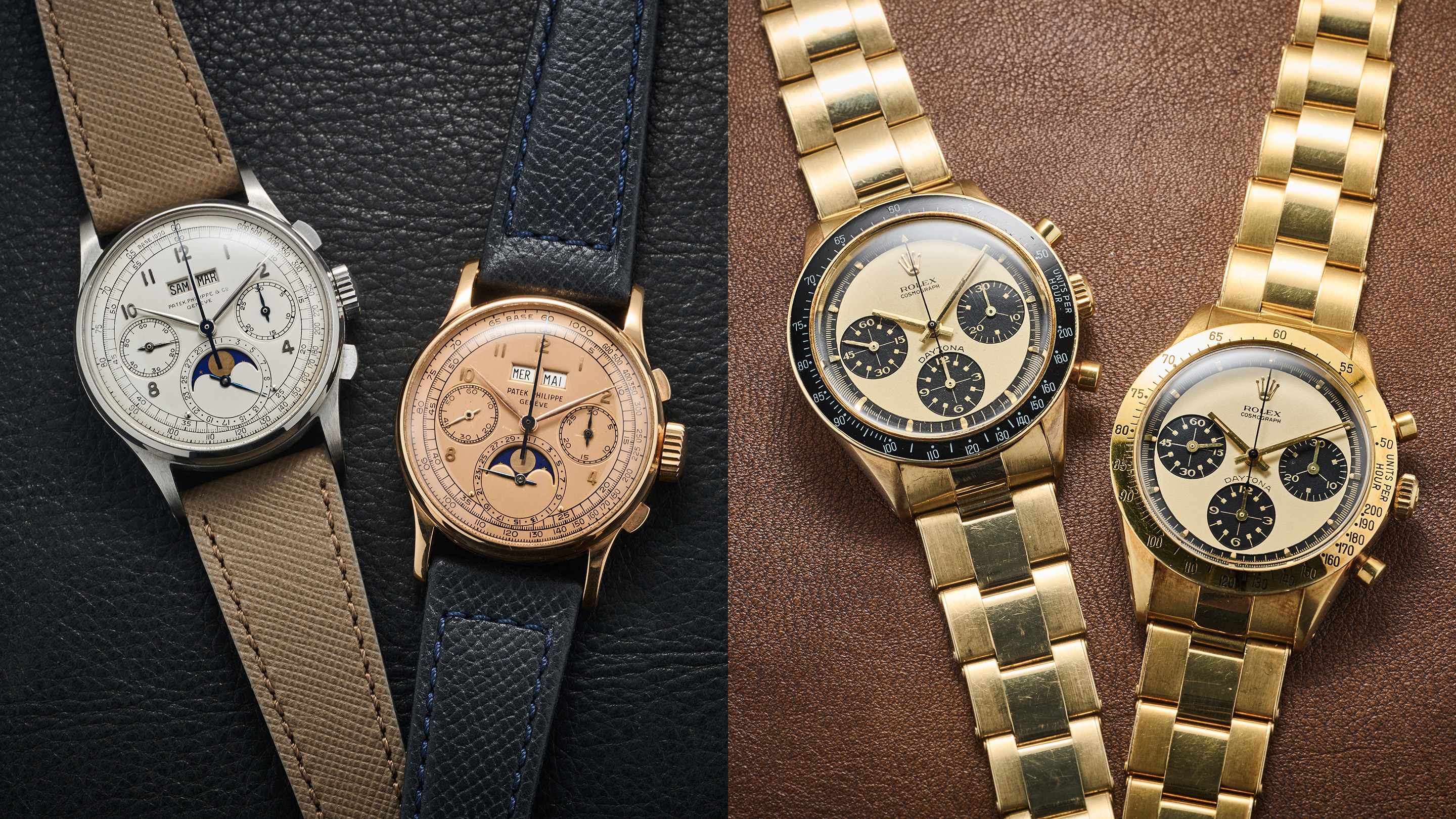
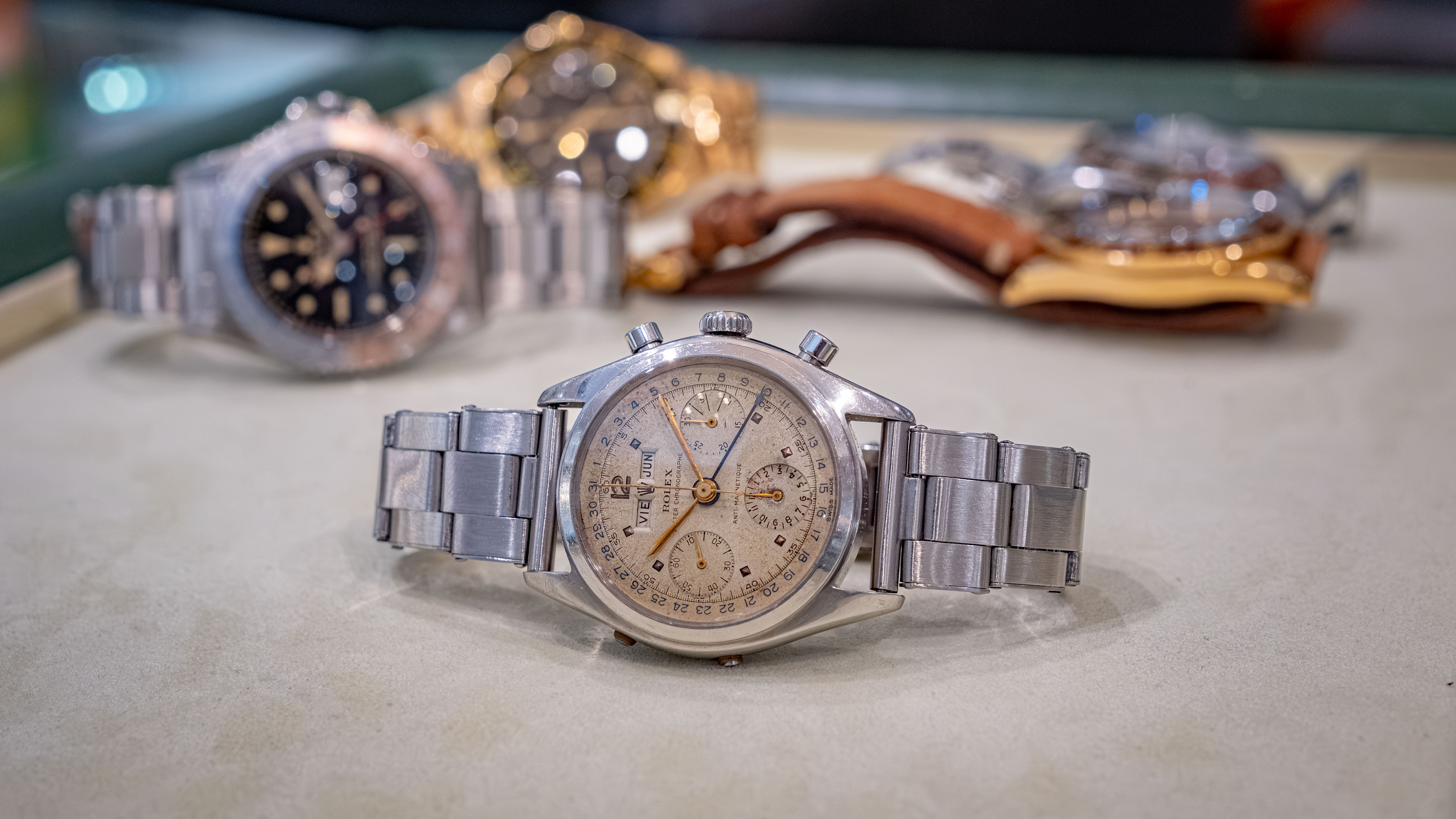



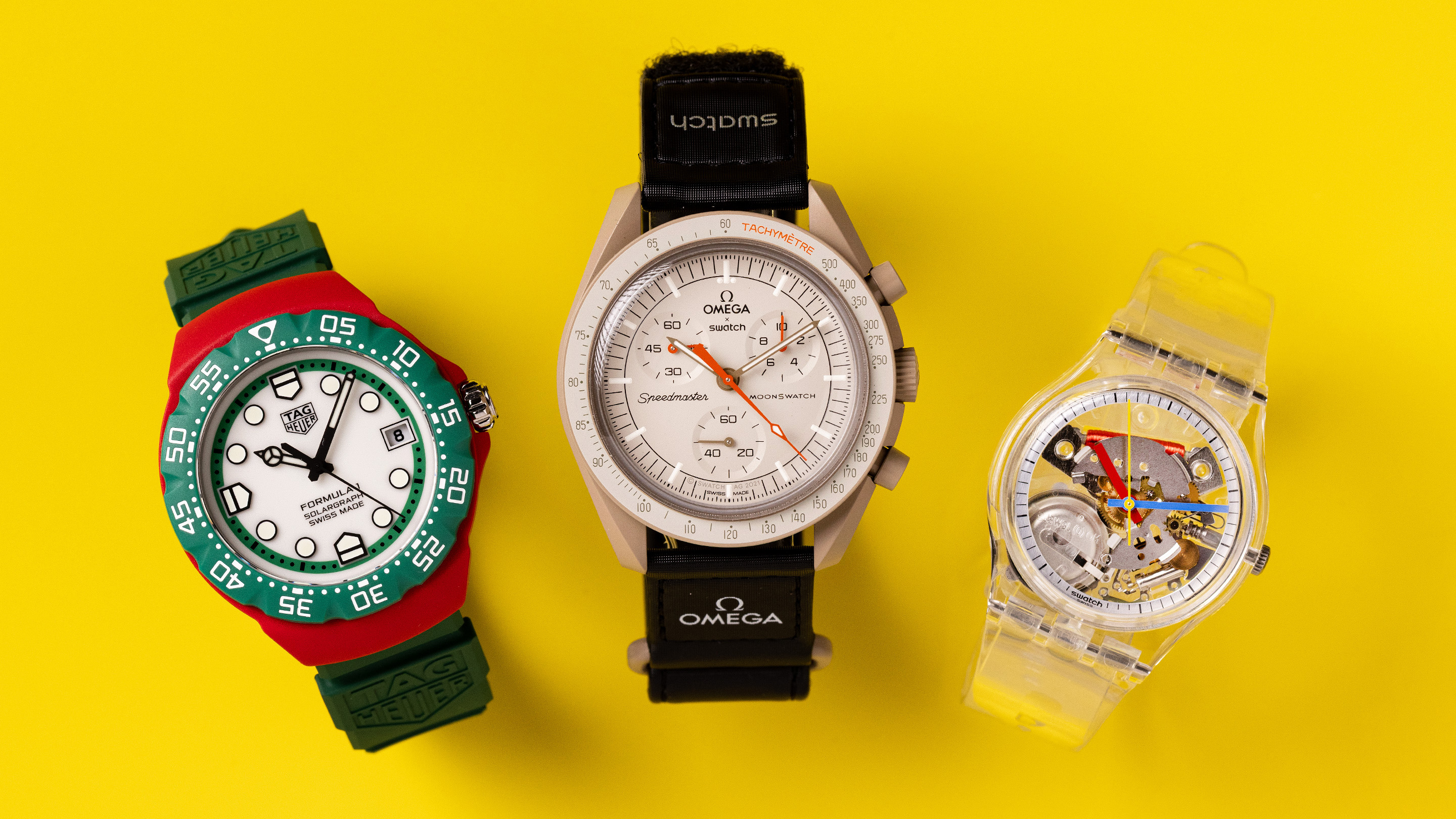
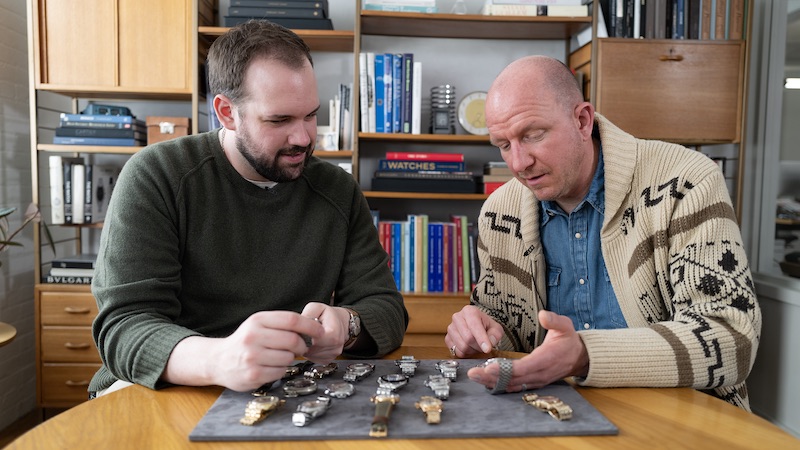



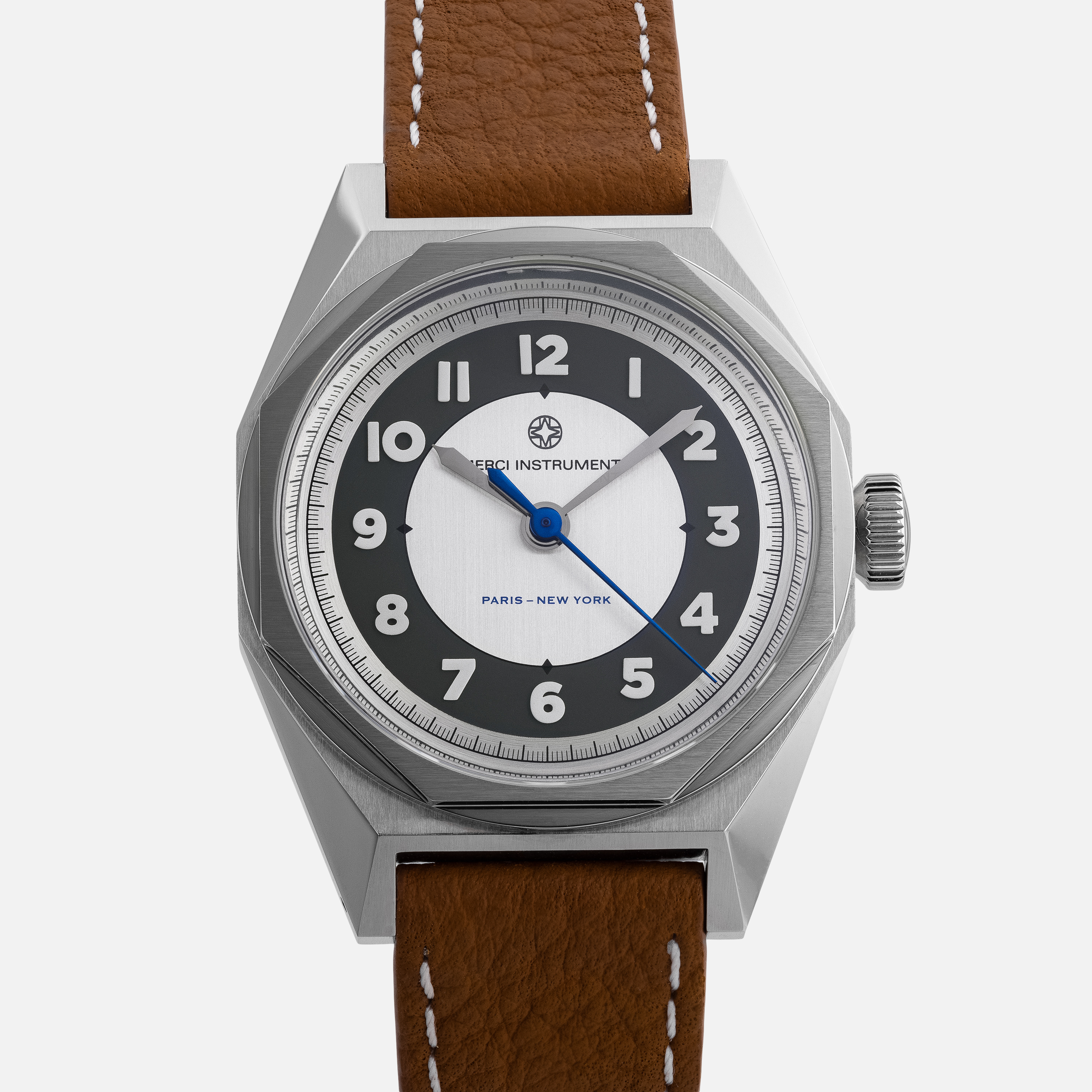









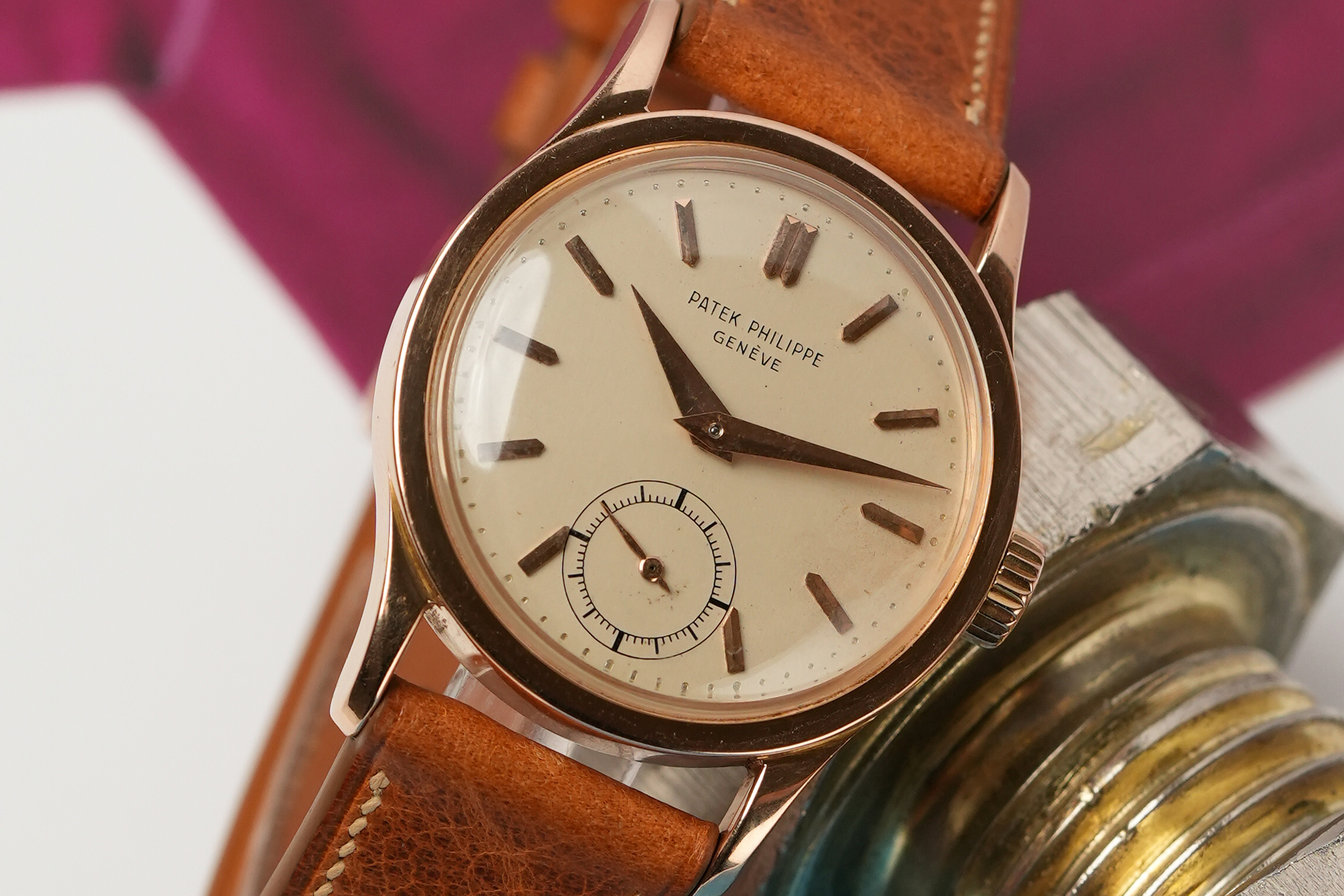
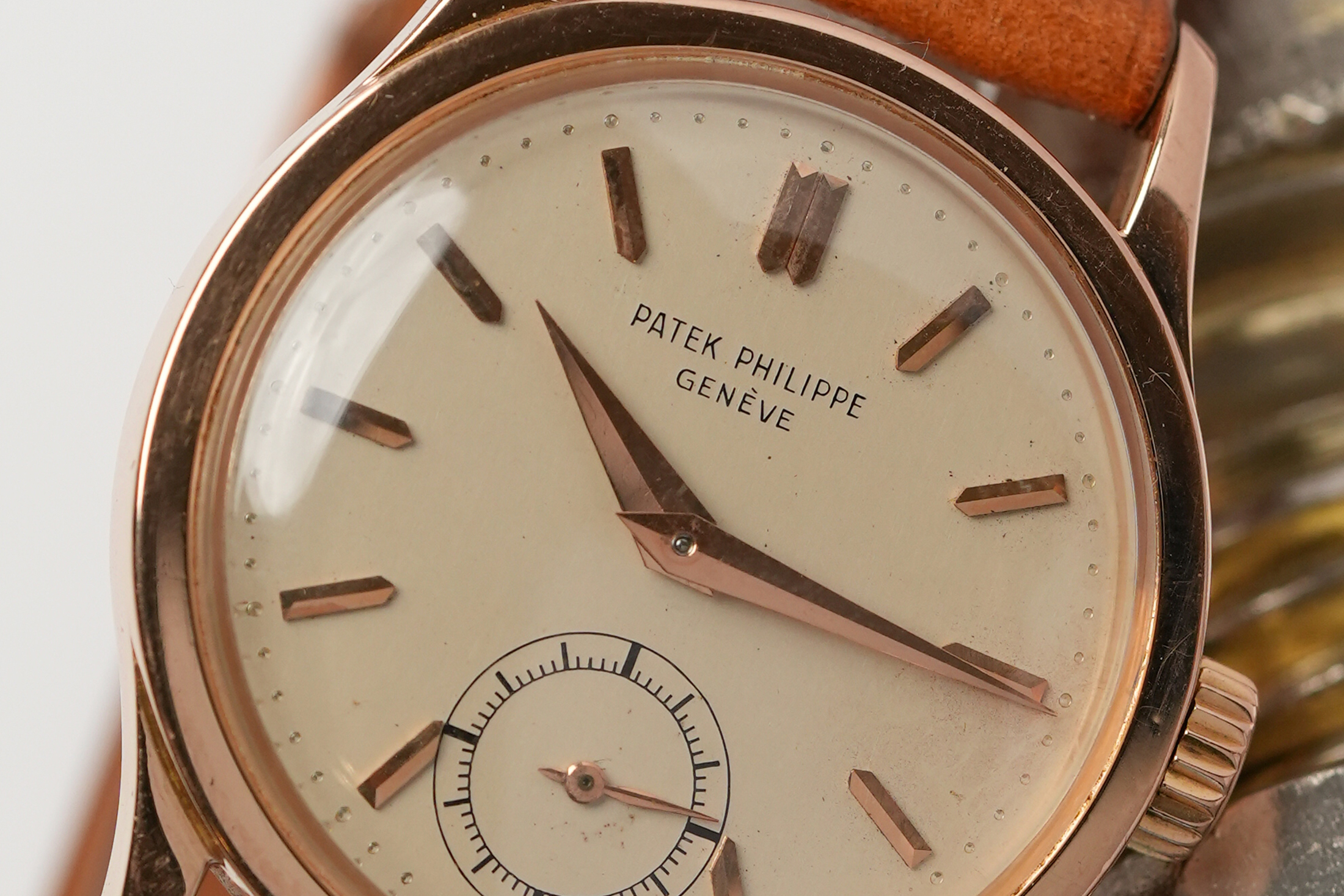
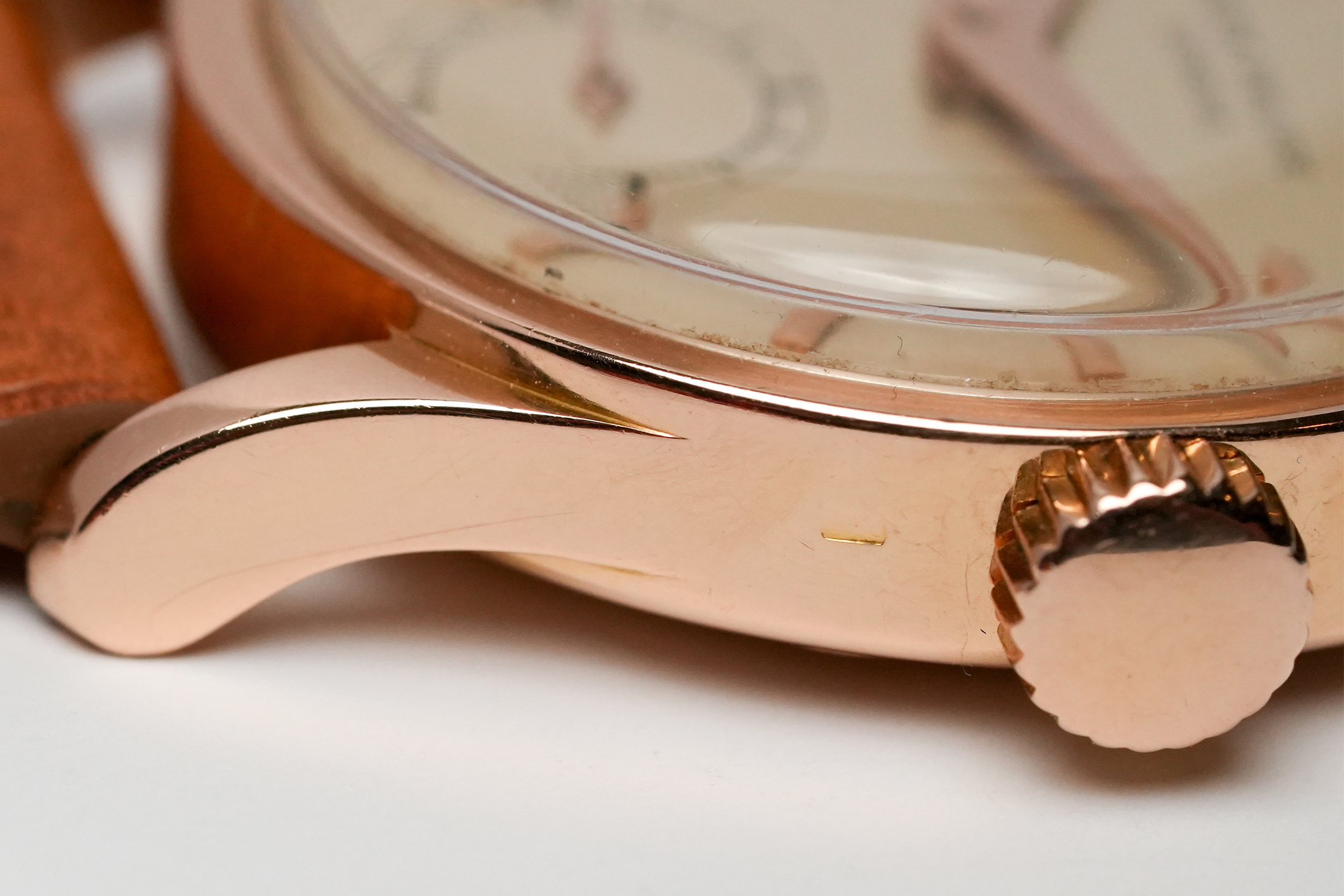


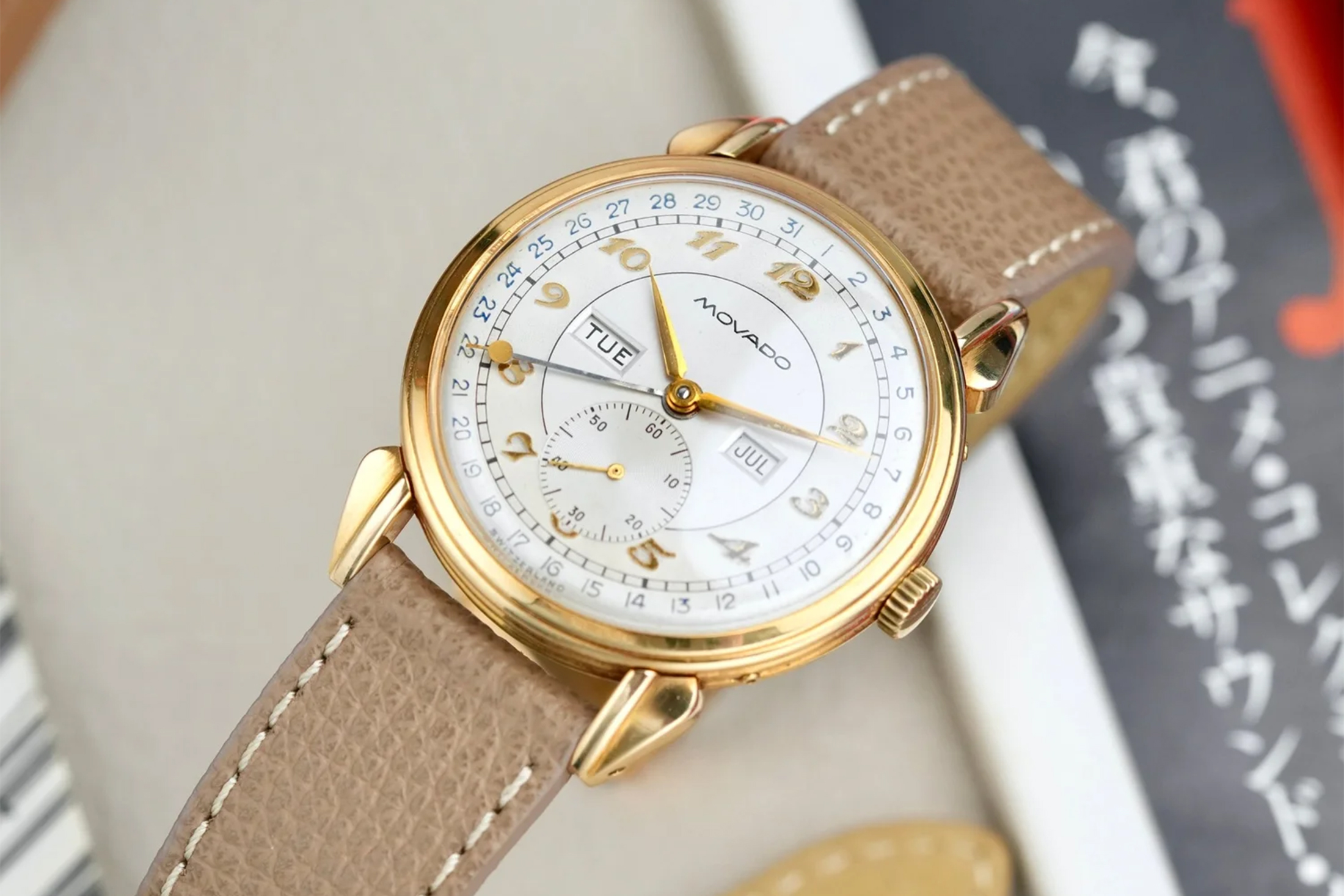
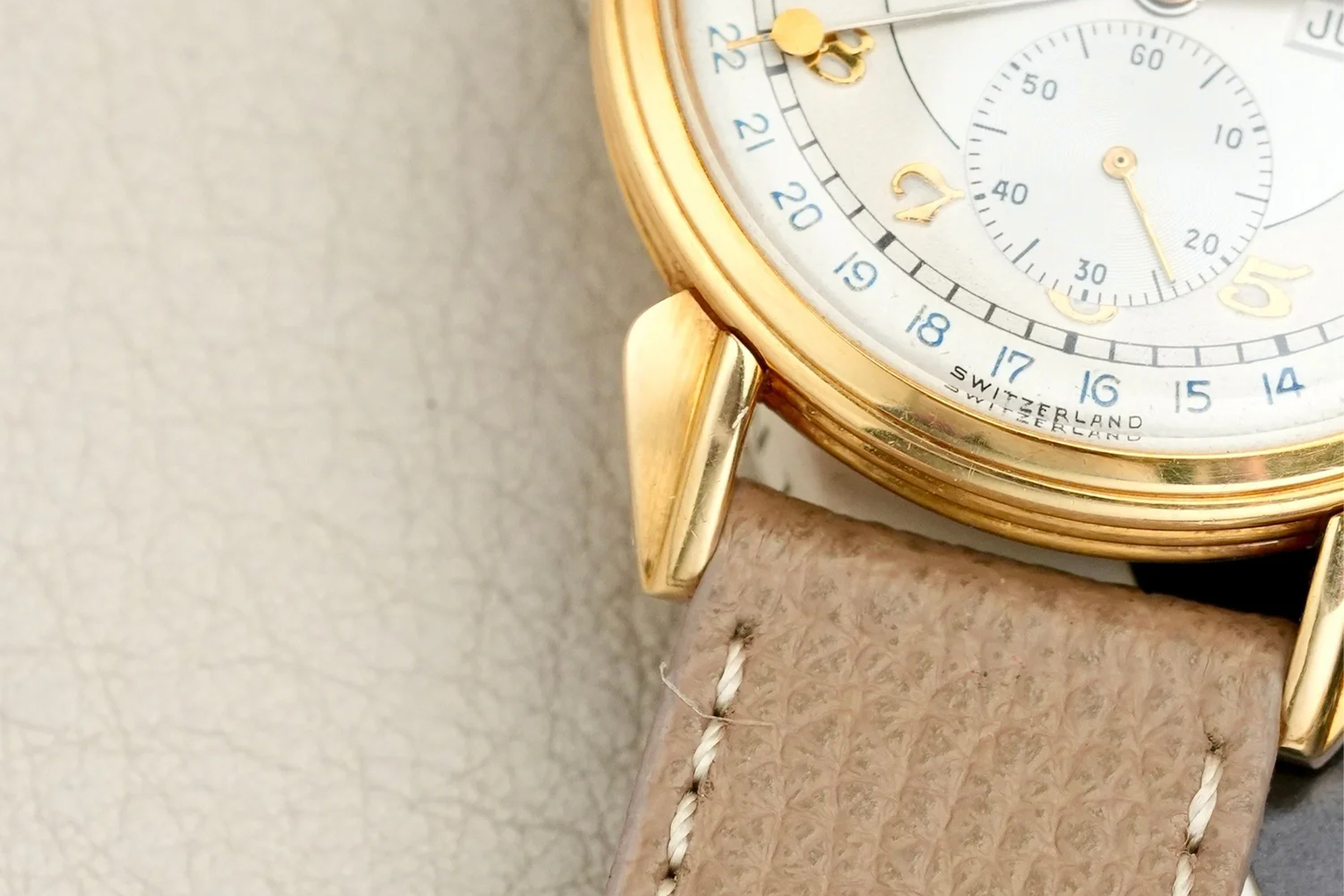
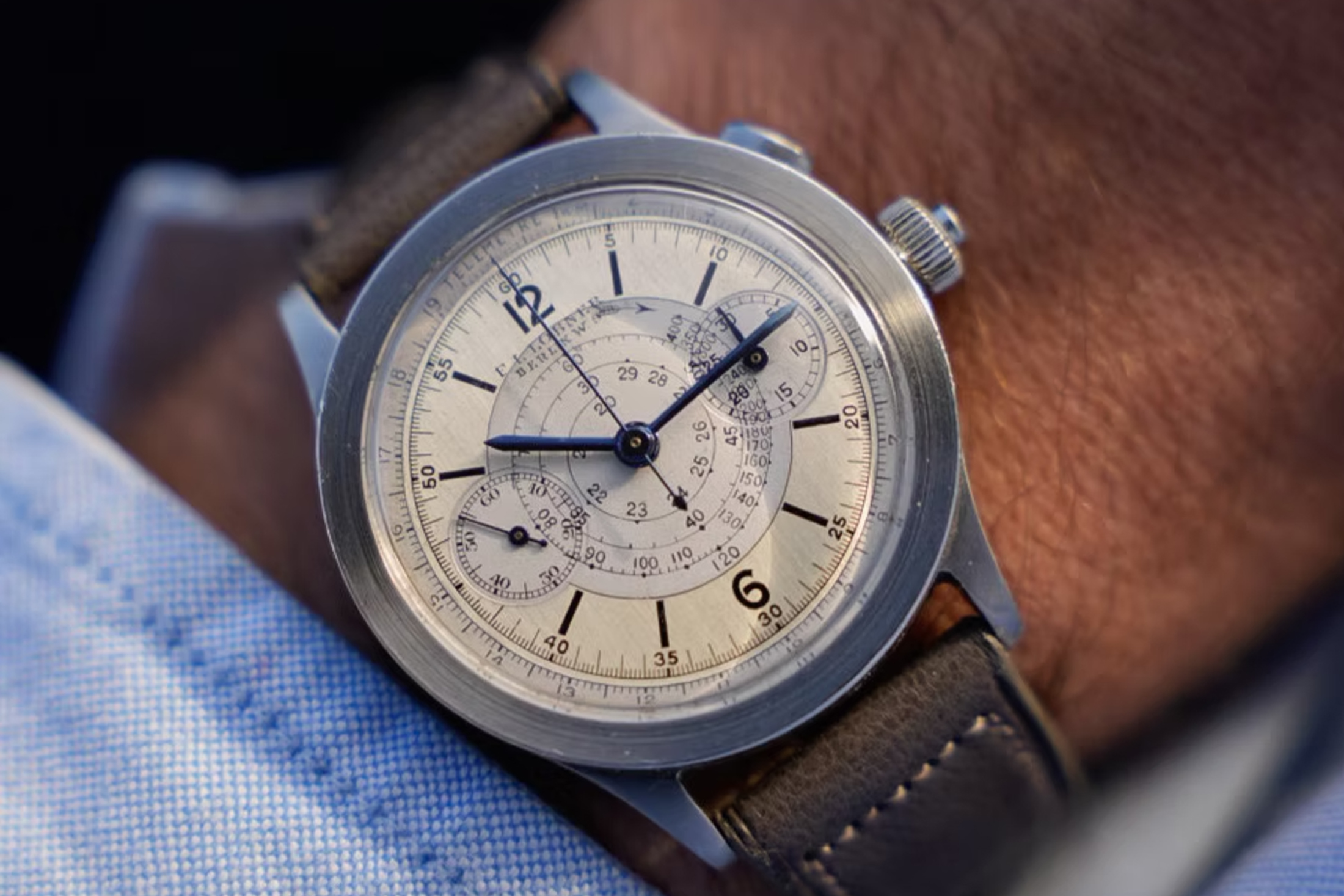
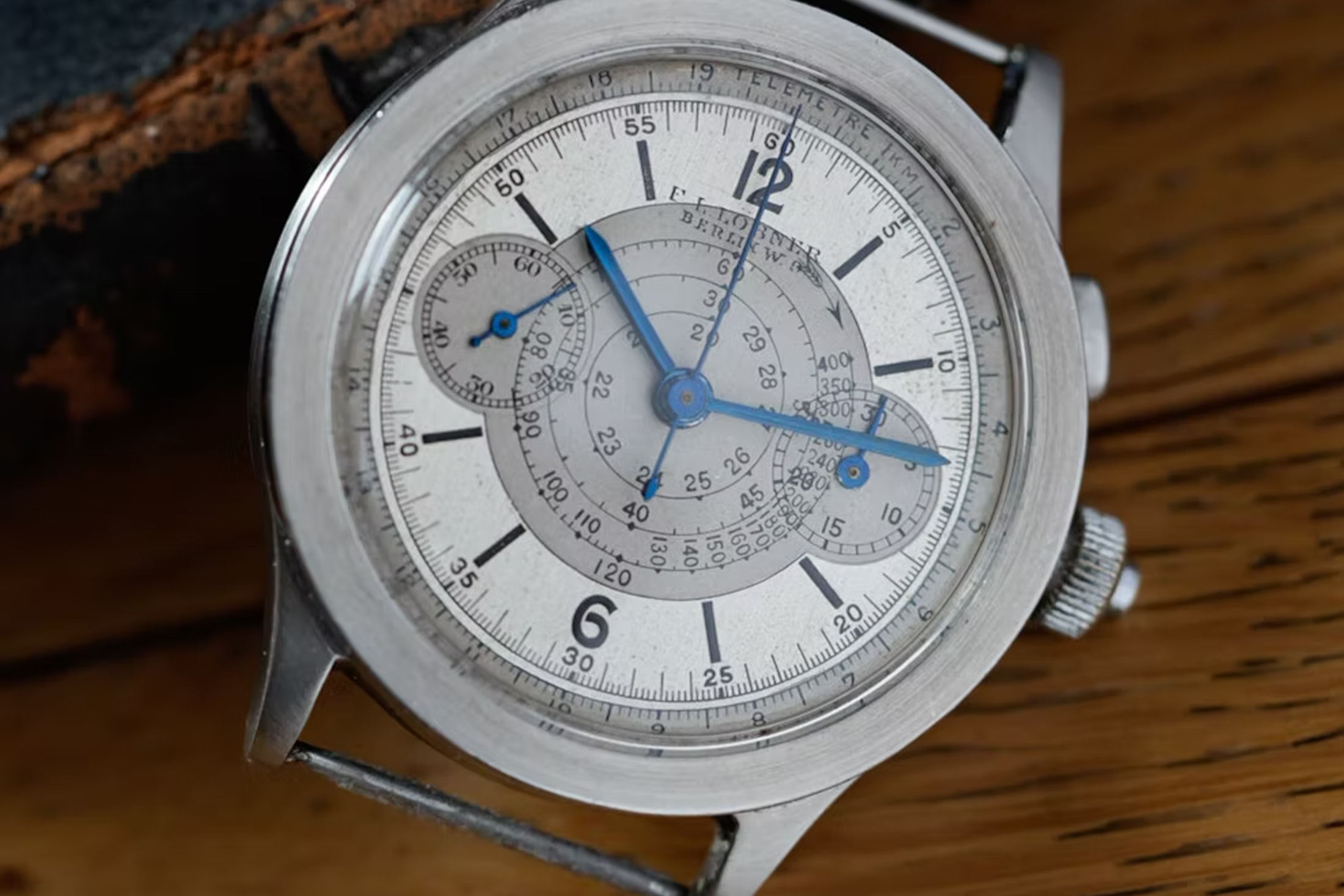
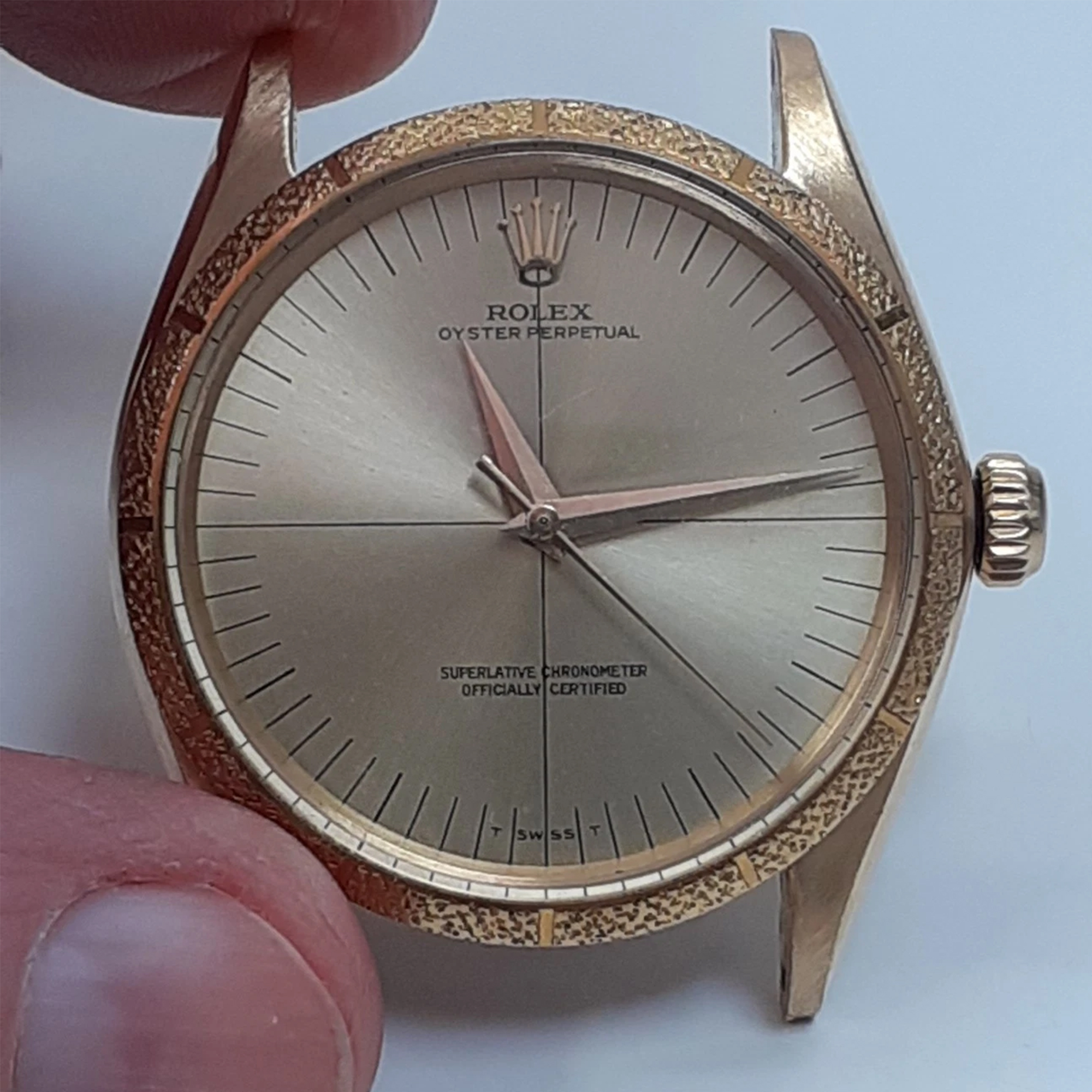
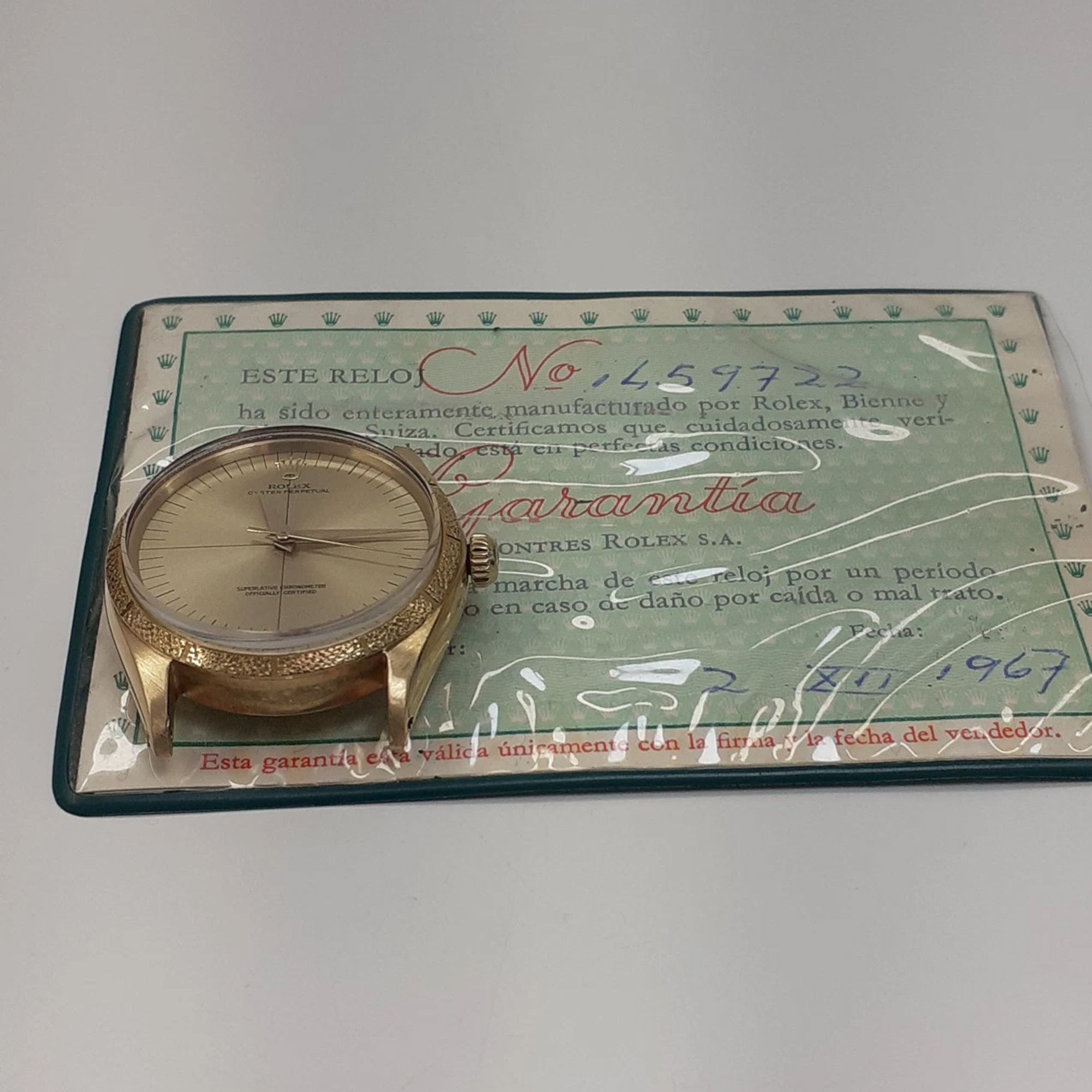





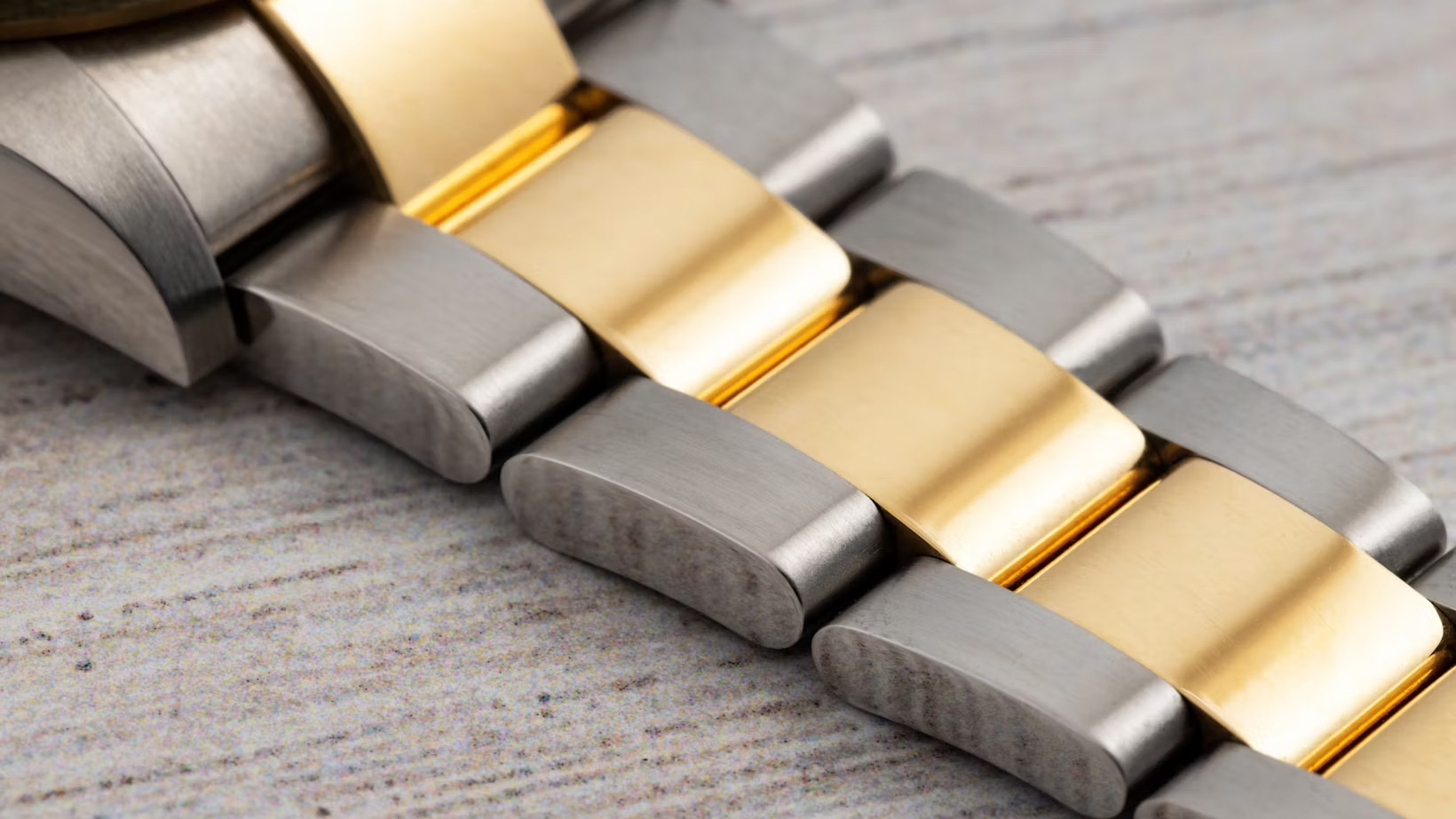
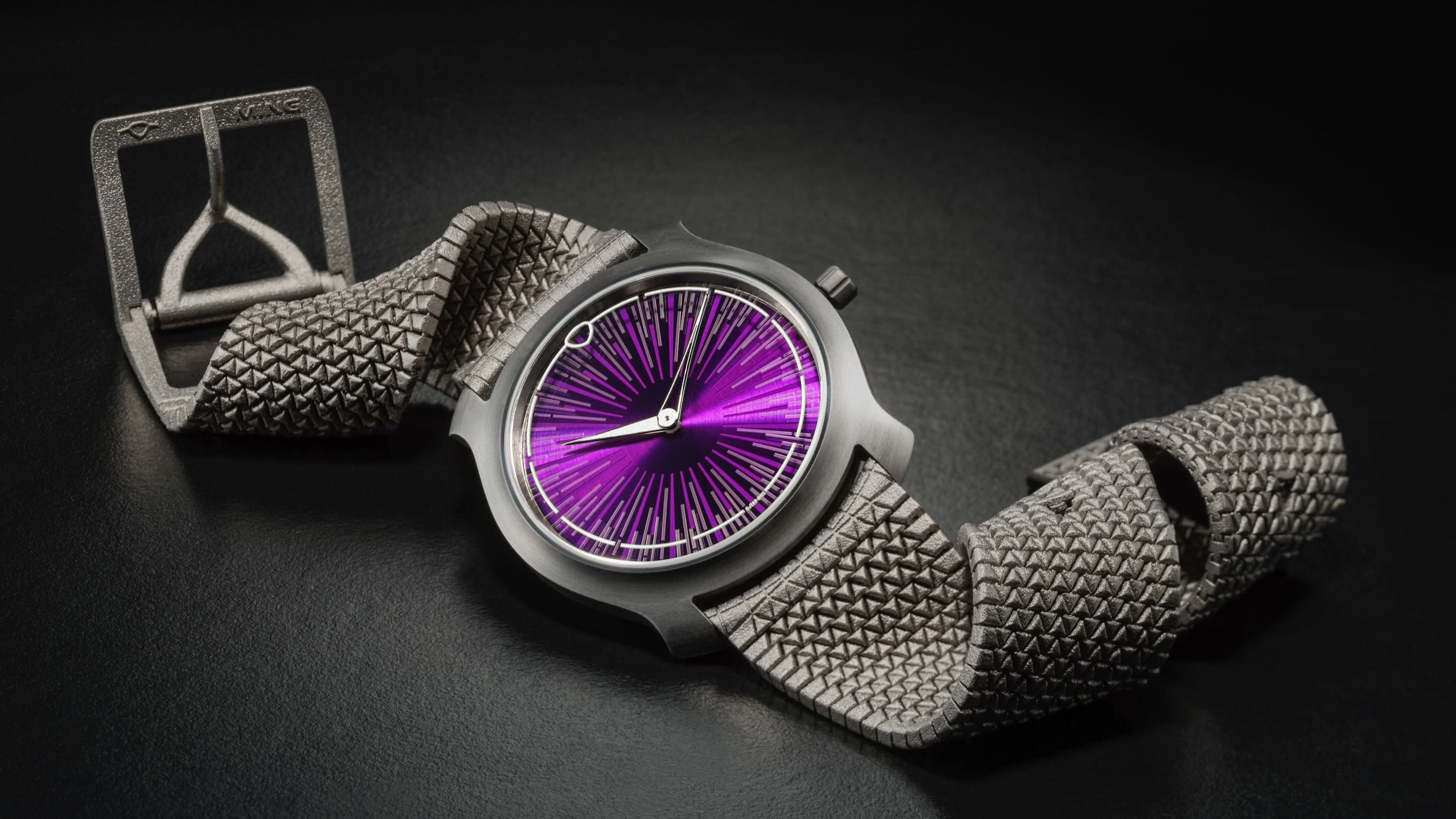
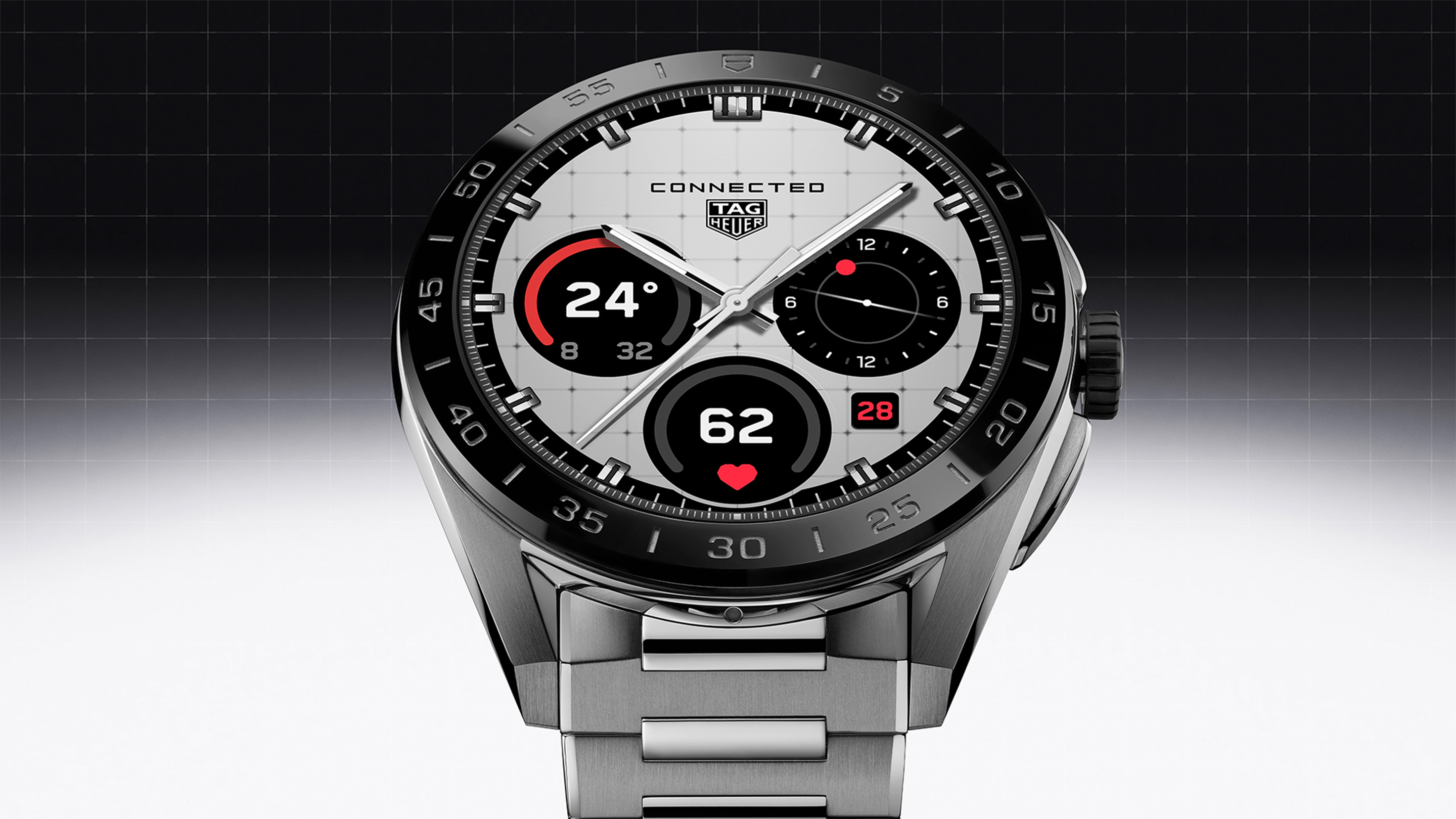
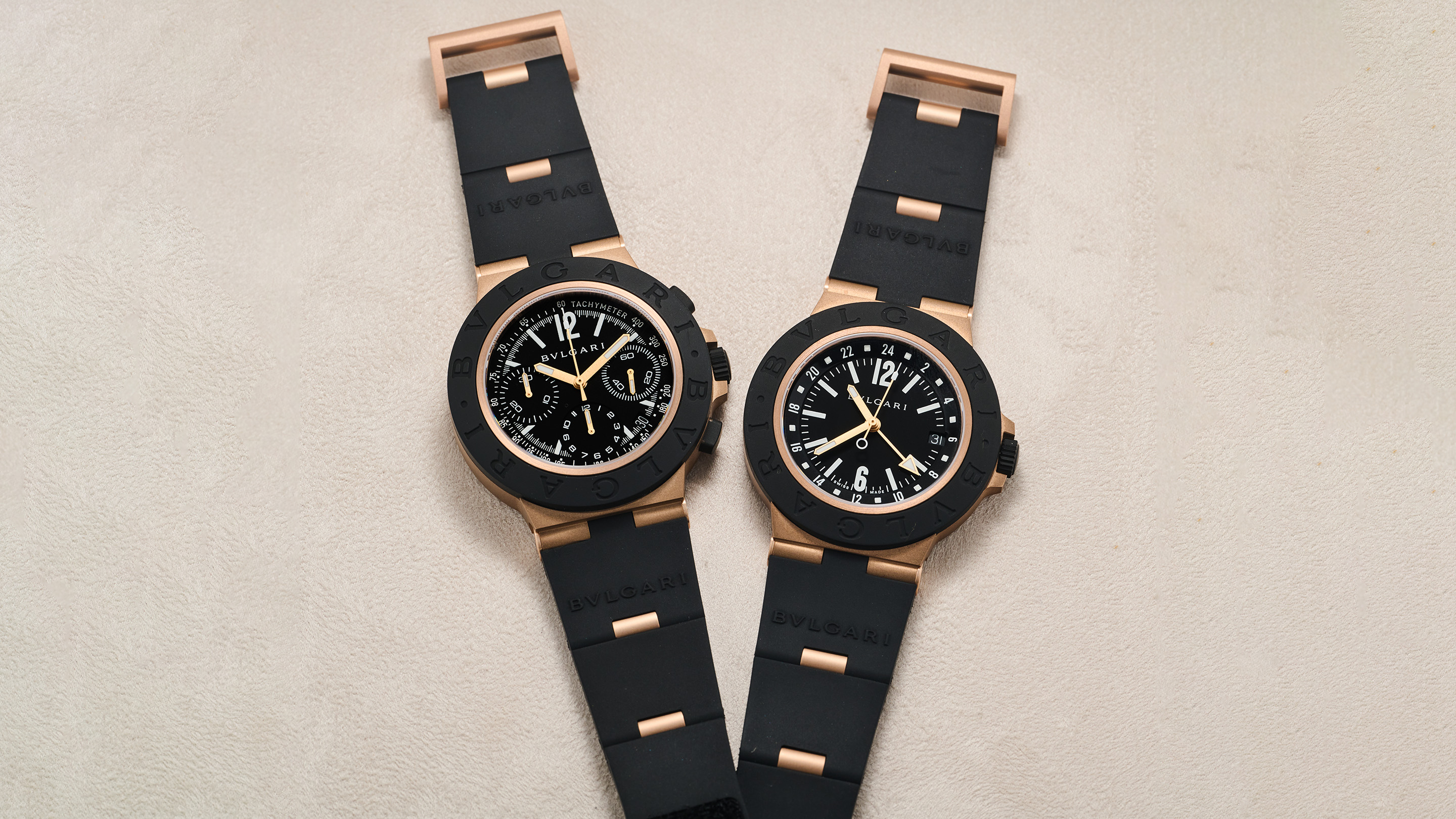
Top Discussions
Photo ReportInside Mike Wood’s ‘For Exhibition Only’: A Private Rolex Collection On Limited Display
AuctionsPreviewing Phillips’ Massive ‘Decade One’ Auction and Reflecting on Ten Years of Phillips with Bacs and Russo
IntroducingOmega Updates The Speedmaster Dark Side Of The Moon For 2025